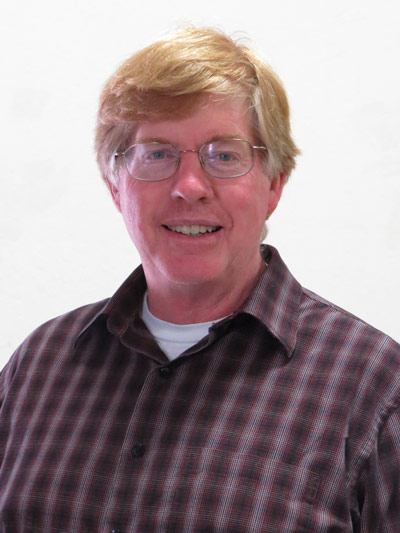Published in the October 30, 2013 issue of Morgan Hill Life
By Mike Monroe

Mike Monroe
Pause a moment and imagine what it would have been like to live in the South Valley 2,500 years ago. Visualize a Native American village with several hundred residents enjoying their homes, watching their children play, the women and girls weaving baskets from tule stalks, and the men and boys preparing for a hunt. Such a place exists in our backyard — the Chitactac-Adams Heritage County Park on Watsonville Road next to Uvas Creek.
Donna Gillette summarized the history of the Chitactac in a book titled “The Gathering of Voices” published in 2002. Archaeological research indicates the Mutsun-speaking Amah people called this area home for close to 3,000 years. For centuries this land supported generations of “western” peoples with a bounty of acorns, berries, steelhead and salmon. Redwoods, native oaks and California bay laurels provided food and shelter to such a degree that farming or trades as we know them were unnecessary.
Things changed in 1770 when early explorers from the Carmel Mission and Monterey Presidio made contact with the Amah. Soon they were invited or coerced into becoming a labor force for the mission system. Disease and despair overwhelmed their numbers until Ascencion Solorsano, the last native Mutsun speaker, passed away in 1930 in Gilroy.
Chitactac became part of a Mexican land grant in 1828 and then re-granted to the Castro family into El Rancho Solis. The rancho lands included the western side of Gilroy up to the flanks of Mount Madonna. In 1853, an American named John Hicks Adams purchased Rancho Solis and in 1856 he deeded the site for a school building. Local and migrant-worker children attended the school until 1956 when the last of two Adams Schools to occupy the parcel burned down. In 1963 the property was granted to the County of Santa Clara first as a roadside rest stop and later developed into a county park.
For many years the area was referred to as “Indian Rocks” due to the numerous bedrock mortars located in the sandstone outcrops that line the creek channel. The large number of mortars suggest that Chitactac was an active village and perhaps a permanent Native American site. Certainly, it is today one of the Bay Area’s most significant cultural heritage locations.
Come out Nov. 3 for a stroll around the park. We will talk history, review the interpretive spaces and respectfully recall the life the Amah people lived here 2,500 years ago.
Time/Date: 10 a.m. , Nov. 3
Location: Chitactac-Adams County Park, intersection of Burchell and Watsonville roads.
Duration: One hour presentation and walk.
Rating: Easy, open to all. Rain cancels.
Contact: Mike Monroe (408) 234-6377






